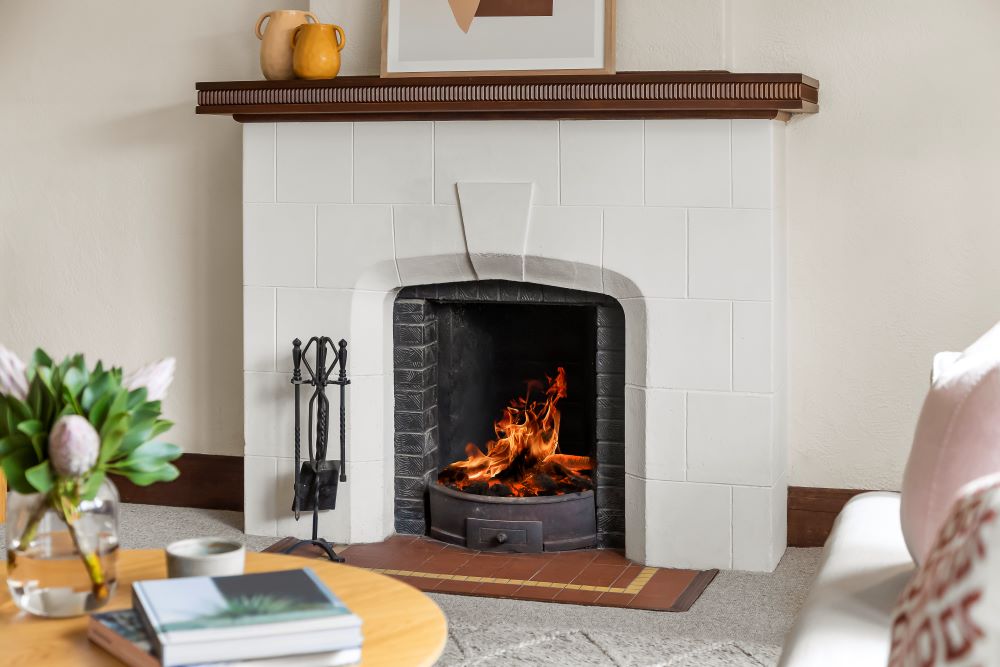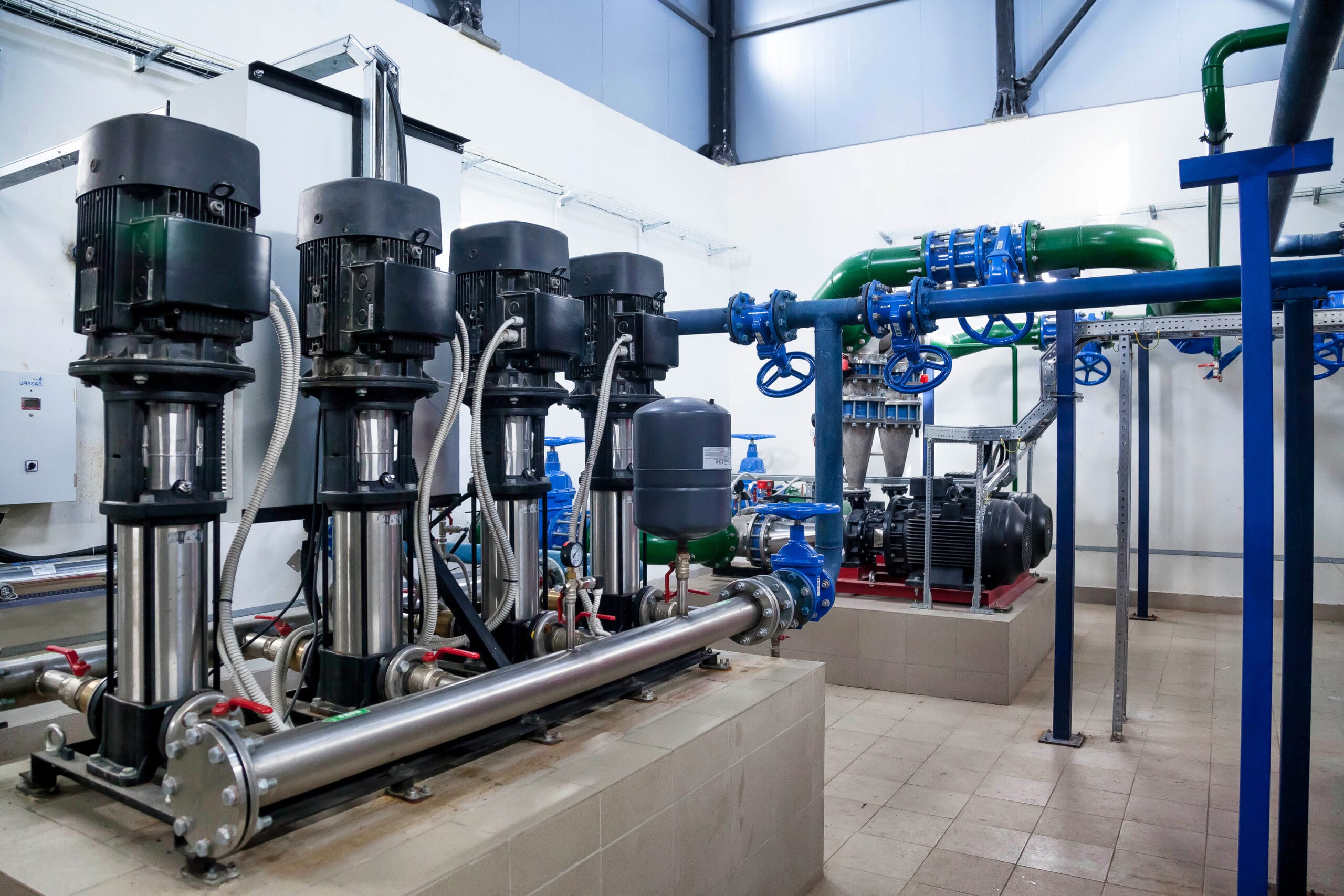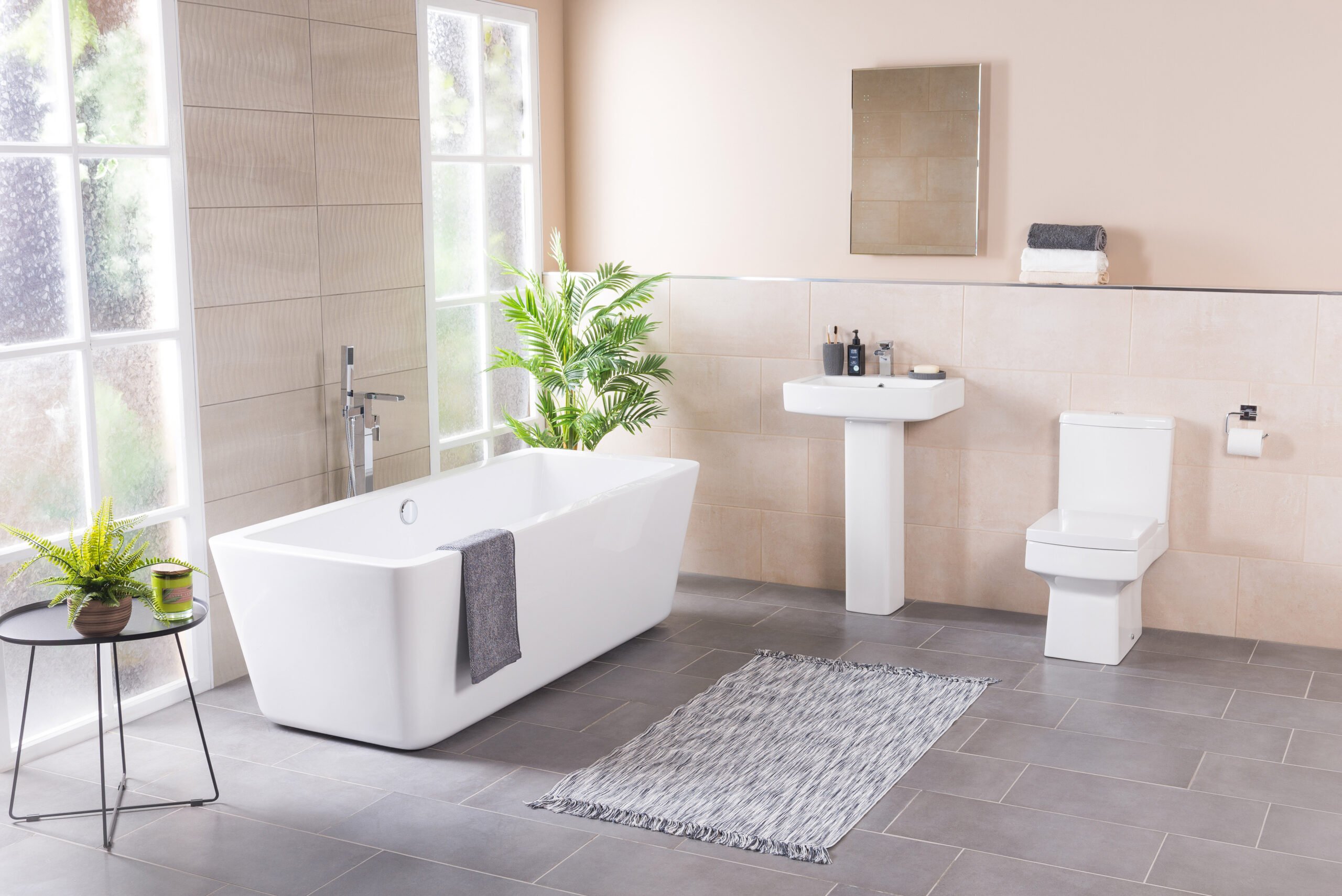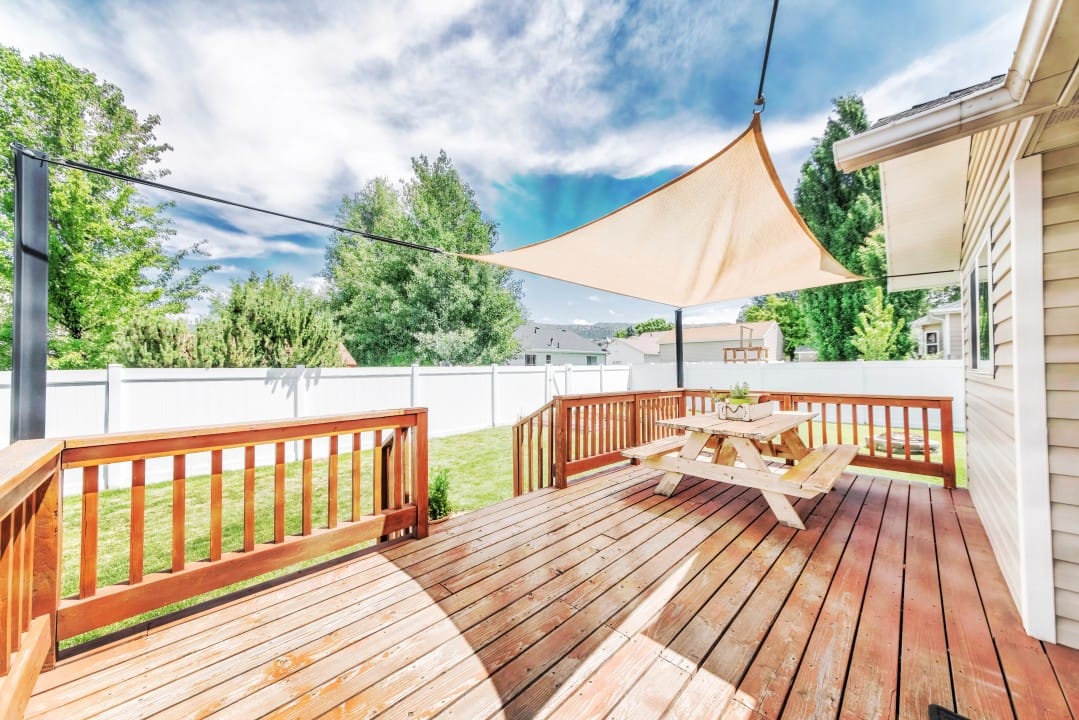How Much Does It Cost to Install a Garage Door? Installing a garage door is a significant home improvement project that can add value to your property while enhancing its curb appeal and functionality. However, the cost of installing a garage door can vary widely depending on several factors, including the type of door, materials used, labor, and additional features. In this comprehensive guide, we will explore all aspects of garage door installation, from the types of doors available to the factors influencing costs, providing you with a detailed understanding of what to expect when budgeting for this project.
1. Types of Garage Doors
The type of garage door you choose is one of the primary factors that will influence the overall cost of installation. Here are some common types of garage doors, along with their respective price ranges:
- Sectional Garage Doors
Sectional garage doors are the most popular type in the United States. They are made up of several horizontal panels that move along a track, allowing the door to open and close smoothly. Sectional doors offer good insulation and are available in various materials, including steel, wood, and aluminum.
Cost Range: $700 – $2,500 - Roll-Up Garage Doors
Roll-up garage doors are typically found in commercial settings, but they are becoming increasingly popular for residential use. These doors consist of slats that roll up into a coil above the door opening. They are known for their durability and space-saving design.
Cost Range: $850 – $3,000 - Swing-Out Garage Doors
Also known as carriage-style doors, swing-out garage doors open outward from a central point. These doors offer a classic, rustic look and are often made of wood or steel. However, they require more clearance space outside the garage.
Cost Range: $1,500 – $4,000 - Sliding Garage Doors
Sliding garage doors operate by sliding to one side along a track, similar to sliding barn doors. They are less common but offer a unique aesthetic and can be made from various materials, including wood and aluminum.
Cost Range: $1,200 – $4,500 - Tilt-Up Garage Doors
Tilt-up garage doors consist of a single solid panel that tilts up and into the garage when opened. They can be divided into tilt-up canopy doors and tilt-up retractable doors, with the latter being more expensive due to their more complex mechanism.
Cost Range: $500 – $3,000
2. Materials Used
The material of the garage door plays a significant role in determining the overall cost. Here’s a breakdown of common materials and their price ranges:
- Steel
Steel is one of the most popular materials for garage doors due to its durability, low maintenance, and cost-effectiveness. It is available in various gauges, with lower-gauge steel being thicker and more expensive. Insulated steel doors are more costly than non-insulated ones.
Cost Range: $600 – $2,500 - Wood
Wooden garage doors offer a timeless and classic look, making them a popular choice for traditional and high-end homes. However, wood requires more maintenance and can be more expensive, especially if custom designs are involved.
Cost Range: $1,200 – $4,500 - Aluminum
Aluminum garage doors are lightweight, resistant to rust, and available in various designs. They are a good option for coastal areas but are less durable than steel and may dent more easily.
Cost Range: $800 – $2,500 - Fiberglass
Fiberglass garage doors are durable and resistant to dents, making them a good choice for harsh climates. They can be molded to resemble wood, offering a similar aesthetic at a lower cost.
Cost Range: $1,000 – $3,000 - Vinyl
Vinyl garage doors are known for their durability, low maintenance, and resistance to dents and rust. They are a good option for homeowners looking for a long-lasting door that requires minimal upkeep.
Cost Range: $800 – $2,500 - Glass
Glass garage doors are typically used in modern and contemporary homes. They are often combined with aluminum frames and provide a sleek, stylish look. However, they are more expensive and require regular cleaning.
Cost Range: $1,500 – $5,000
3. Insulation
Garage door insulation is an important consideration, especially if your garage is attached to your home or if you live in an area with extreme temperatures. Insulated garage doors help regulate the temperature inside the garage, improving energy efficiency and comfort.
- Non-Insulated Doors
Non-insulated garage doors are the least expensive option, suitable for detached garages or areas with mild climates.
Cost Range: $500 – $1,500 - Insulated Doors
Insulated garage doors come with a layer of insulation, which can be made from polystyrene or polyurethane. These doors are more energy-efficient and reduce noise, making them a better choice for attached garages.
Cost Range: $800 – $3,500 - Double-Layer and Triple-Layer Insulation
Double-layer and triple-layer insulated doors offer the best energy efficiency and noise reduction. They are ideal for homes in extreme climates or those who want the highest level of insulation.
Cost Range: $1,000 – $4,500
4. Labor Costs
Labor costs for garage door installation can vary depending on your location, the complexity of the installation, and whether you are replacing an existing door or installing a new one. Here’s what you can expect:
- Basic Installation
A basic installation, which includes removing the old door and installing a new one, typically ranges from $300 to $500. This cost can increase if the installation requires additional work, such as modifying the door frame or installing a new opener.
Cost Range: $300 – $700 - Complex Installation
Complex installations may involve custom garage doors, installing multiple doors, or working with non-standard openings. These projects may require additional labor and materials, increasing the overall cost.
Cost Range: $500 – $1,500 - New Construction
Installing a garage door in a new construction project may be more expensive due to the need for framing, electrical work, and other preparatory tasks.
Cost Range: $700 – $2,000
5. Additional Features and Customizations
Several additional features and customizations can enhance the functionality and appearance of your garage door, but they can also add to the overall cost:
- Garage Door Openers
Garage door openers are an essential component for automatic doors. The cost varies depending on the type of opener (chain-drive, belt-drive, screw-drive, or direct-drive) and its features (e.g., Wi-Fi connectivity, battery backup).
Cost Range: $200 – $600 - Windows
Adding windows to your garage door can improve the aesthetic appeal and allow natural light into the garage. The cost depends on the number, size, and style of the windows.
Cost Range: $100 – $500 - Hardware
Upgrading the hardware, such as handles, hinges, and decorative elements, can enhance the look of your garage door. Custom hardware options are available at an additional cost.
Cost Range: $50 – $300 - Custom Designs and Colors
Custom designs, colors, and finishes can significantly increase the cost of a garage door. If you have a specific design in mind or want to match the door to your home’s exterior, custom options are available.
Cost Range: $500 – $2,000 - Security Features
Security features, such as smart locks, motion sensors, and cameras, can be added to enhance the safety of your garage door. These features can be integrated into modern garage door openers.
Cost Range: $100 – $500
6. Geographic Location
The cost of installing a garage door can vary depending on your geographic location. Labor costs, materials, and even the demand for certain types of doors can influence the price. Here’s a general idea of how location impacts costs:
- Urban Areas
In urban areas, the cost of garage door installation may be higher due to increased labor rates and demand. Additionally, certain materials may be more expensive due to transportation costs.
Cost Increase: 10% – 20% - Rural Areas
In rural areas, the cost of installation may be lower due to decreased labor rates. However, the availability of certain materials and customizations may be limited, potentially leading to longer lead times.
Cost Decrease: 5% – 15% - Coastal Areas
Coastal areas may see higher costs for certain materials, such as aluminum or fiberglass, due to their resistance to rust and corrosion. Additionally, hurricane-prone areas may require reinforced garage doors, increasing the overall cost.
Cost Increase: 10% – 30%
7. Permits and Regulations
Depending on your location, you may need to obtain permits for garage door installation, especially if the project involves structural changes or electrical work. Permit costs can vary depending on the scope of the project and local regulations:
- Building Permits
A building permit may be required if the installation involves significant structural changes, such as modifying the door frame or adding a new opening













